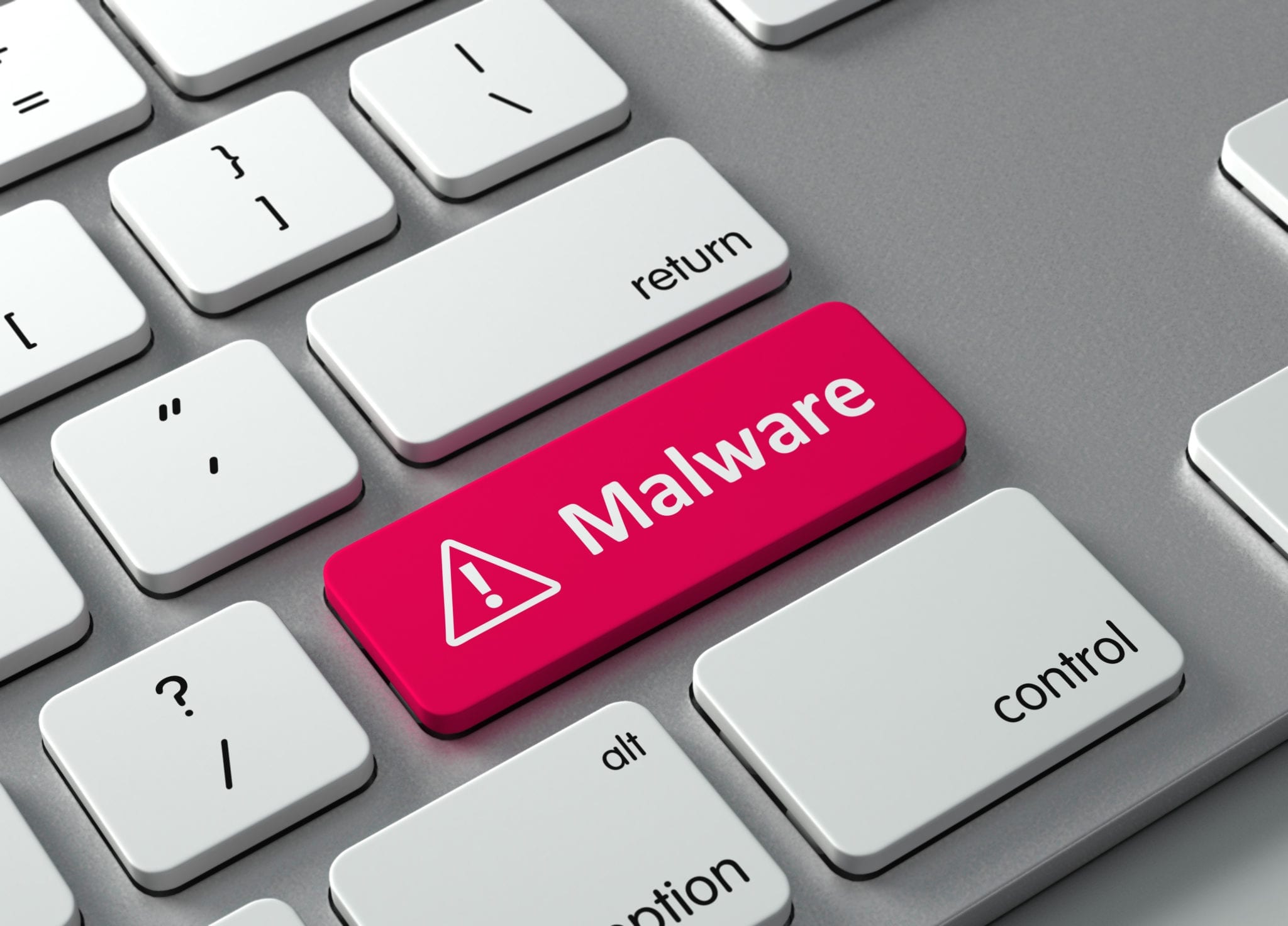Is your website software up to date?
Firstly, it’s important to understand that the reason hackers and cyber criminals want to exploit vulnerabilities in content management systems (CMS) and websites isn’t necessarily just to steal all your user account, contact form, and other data, but also to infect your website visitors and users with malware.
Once the unsuspecting user is infected with malware they are quickly added to a botnet (which is essentially a large group of thousends of infected computers and devices) to be exploited at the malware operators will. This usually includes things like credit card theft, extracting private information or being activated to take part in a DDoS attack, spam attack or other malicious activity.
Impact for website owners who are hacked and infected with malware
Being identified by Google and other internet security software as a malicious site will always result in a drop in traffic, leading to:
- Decline in sales due to a drop in traffic and disruption to your website
- Loss of customer confidence
- Potential legal action or fines for information exposure or data protection breaches
- Time loss through dealing with enquiries or performing clean up of your website
Impact for visitors to websites infected with malware
Visitors to hacked websites or websites infected with malware could be at risk of:
- Financial loss through unauthorized use of payment information
- Privacy loss through confidential information exposure (e.g. contact form messages)
- Potential identity theft if names, addresses and other personally identifiable information is stolen
No matter how large or small your business is, if you are affected by any of the above, you will soon have a serious crisis management situation on your hands, something that could easily be avoided by keeping your website software up to date with the latest software upgrades and patches.
How to prevent being an easy target
Security is getting the basics right. If you only do one thing to harden your CMS system, do the following:
Follow the software vendors guidelines on security hardening.
By following the standard recommendations on hardening for you particular CMS you avoid being an easy target:
The default recommended guidelines from any CMS vendor normally include the following tasks:
- Changing default usernames and passwords
- Disable debugging modes
- Remove unnecessary installation files and change permissions on system files to their recommended values
- Remove unnecessary information disclosure such as readme files and version information files
- Protect various files and directories that contain information that shouldn’t be accessible
- Keep your software and plug-ins up to date
Even though the above seems trivially obvious, thousands of systems worldwide do not implement this. The recent malware attack on the NHS, the infamous “Panama Papers” information disclosure incident, and at the time of writing it’s just been revealed by The Telegraph that details of 44 million Britons may have been stolen in a data breach from financial firm Equifax.
By following the relatively simple to implement steps above, combined with a couple of hours of your time, you will significantly increase the security posture of your website.
Need help with a hacked website, or with CMS software updates?
Get in touch online or call 01793 239239 (option 2) for a confidential discussion of your website security requirements.

